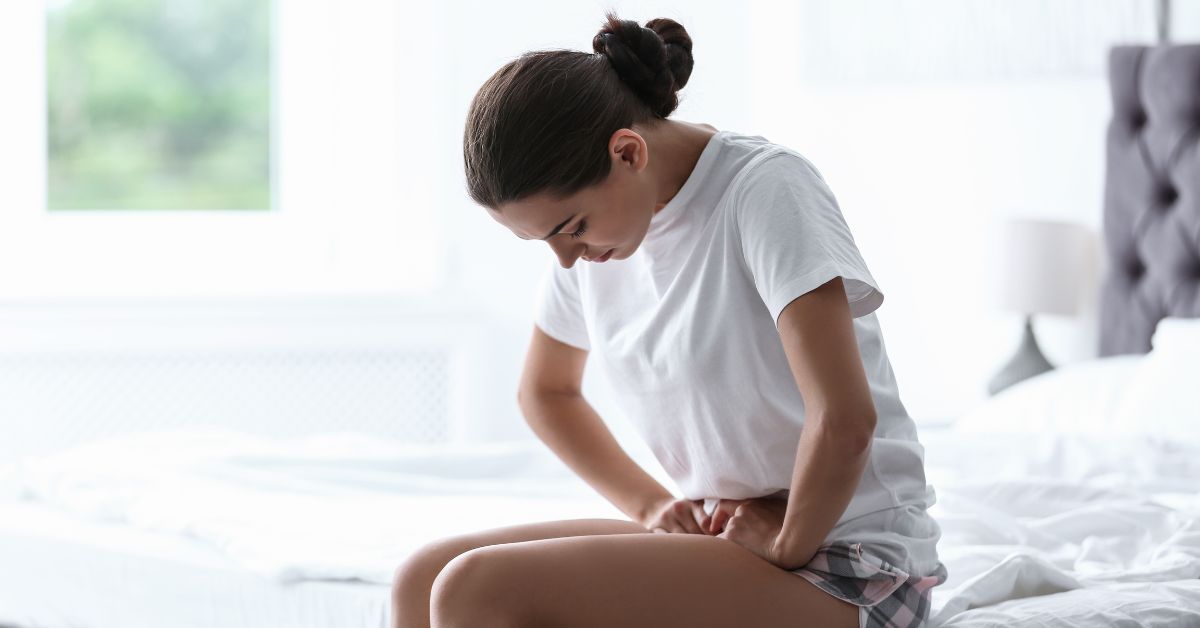Posterior Vaginal Prolapse (Rectocele) – Types, Symptoms and Treatment


Overview
Posterior Vaginal Prolapse (Rectocele) is a pelvic organ prolapse that occurs when the thin tissue wall separating your rectum from the vagina becomes weak.
What is posterior vaginal prolapse (rectocele)?
Posterior vaginal prolapse (rectocele) is a medical condition that occurs when the muscles and ligaments in your pelvic region become weak. Some factors such as age and childbirth can cause your fibrous, rigid muscles between the vagina and rectum to weaken over time.
Also Read About: Solitary Rectal Ulcer Syndrome
You may notice a bulge that may protrude out like a hernia into the back of your vagina during straining, such as during bowel movements. If the bulge is slight, it may not cause any symptoms. However, with large bulges, you may experience pain, discomfort, or constipation.
Request an appointment at Apollo Hospitals
Different types of posterior vaginal prolapse (rectocele)
The other types include:
- Anterior vaginal wall prolapse: the urinary bladder bulges into the front wall of the vagina.
- Uterine prolapse: the uterus bulges, or sags down, into the vagina.
- Vault prolapse: the topmost part of the vagina bulges down (more commonly seen after a surgical procedure known as a hysterectomy).
What are the symptoms of posterior vaginal prolapse (rectocele)?
Signs and symptoms of posterior vaginal prolapse (rectocele) may vary from person to person. The common symptoms commonly include:
- A slight bulge of tissue protruding through the vaginal opening
- Feeling a sensation of fullness or rectal pressure
- Difficulty during bowel movements
- Feeling that your bowels have not been completely emptied
- A sense of looseness in the vaginal tissues during sexual intercourse
Causes of posterior vaginal prolapse (rectocele)
The main cause is excess pressure on the pelvic floor muscles. The extra pressure can be a result of the following factors:
- Severe cough
- Being obese
- Straining during bowel movements
- Repeated heavy lifting
- Chronic constipation
The ligaments, muscles and connective tissue that support your vagina become stretched and weakened during pregnancy, labour and delivery. The more pregnancies you have, the higher your chance of developing posterior vaginal prolapse.
When to see a doctor?
Posterior vaginal prolapse (rectocele) is a common condition. Sometimes, women who have not given birth may also experience posterior vaginal prolapse (rectocele).
However, in severe cases, posterior vaginal prolapse (rectocele) can cause extreme discomfort. Consult with a doctor is you,
- Notice a tissue bulging out of your vaginal opening
- Experience constipation even after taking prescribed medications for a prolonged time
Request an appointment at Apollo Hospitals
Call 1860-500-1066 to book an appointment
How is posterior vaginal prolapse (rectocele) treated?
Depending on the severity of the posterior vaginal prolapse (rectocele), the doctor may recommend the treatment plan.
The standard treatment options include:
Lifestyle remedies
The doctor may recommend the following remedies to help ease the symptoms of posterior vaginal prolapse (rectocele):
- Pelvic floor exercises like Kegel exercises, to strengthen the pelvic muscles.
- Consumption of high-fiber food items and keeping hydrated to ease the symptoms of constipation
- Avoiding heavy lifting to help reduce the chances of worsening the symptoms.
- In case of obesity, the doctor may advise that you lose some weight to help keep the unnecessary pressure off of the pelvic muscles.
Medications
Your doctor may recommend the following medications in case the other remedies provide very little to no relief:
- Stool softeners to help with constipation
- Hormone replacement therapy (HRT) to women who have had menopause
- A vaginal pessary, a rubber ring-like structure that is inserted into the vagina to keep the bulge from protruding through the vaginal opening
Surgical procedures
The surgical procedures for posterior vaginal prolapse (rectocele) include removing the excess tissues that form the bulge. After the removal of the tissues, the surgeon will place stitches to support the pelvic structure.
Conclusion
Posterior vaginal prolapse (rectocele) is a common medical condition. Although mild cases may not cause any signs and symptoms, severe cases may experience extreme discomfort. Sometimes, the bulge may even protrude out of the vaginal opening, which can be bothersome. If you experience the symptoms of posterior vaginal prolapse (rectocele), immediately consult with a doctor near you to get the right treatment.
Frequently Asked Questions (FAQs)
What happens if posterior vaginal prolapse (rectocele) is left untreated?
If left untreated, posterior vaginal prolapse (rectocele) can cause the following complications:
- Constipation
- Constant pressure and discomfort in the pelvic region
- Leakage of bowel contents through the vagina, also known as faecal incontinence
Can posterior vaginal prolapse (rectocele) go away on its own?
Since posterior vaginal prolapse (rectocele) is an anatomical defect, it cannot be fixed naturally. Its treatment depends on the severity of the symptoms. A surgical approach is a definitive treatment for it.
© Copyright 2024. Apollo Hospitals Group. All Rights Reserved.
 +91 8069991061
Book Health Check-up
Book Health Check-up
Book Appointment
Book Appointment
+91 8069991061
Book Health Check-up
Book Health Check-up
Book Appointment
Book Appointment







